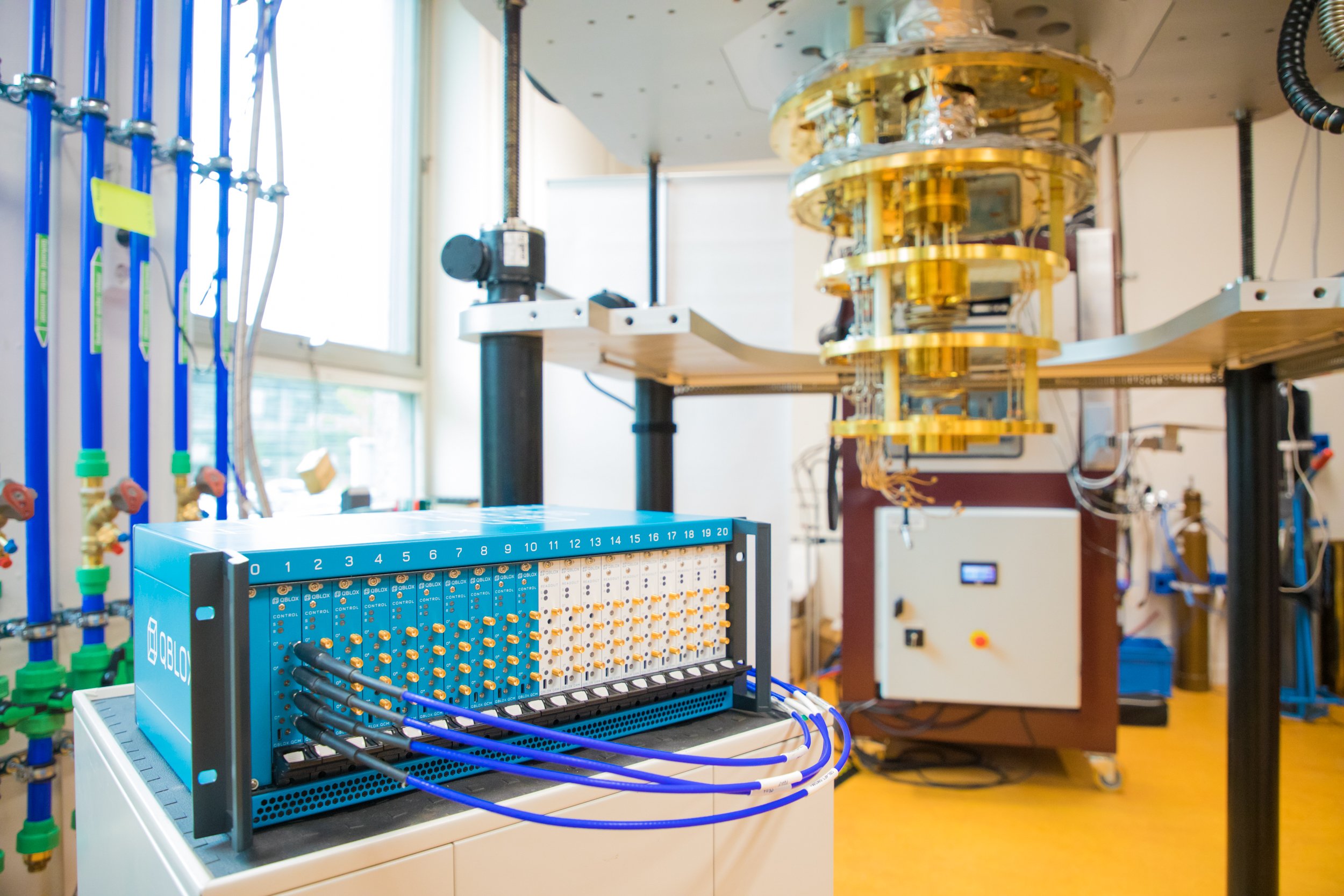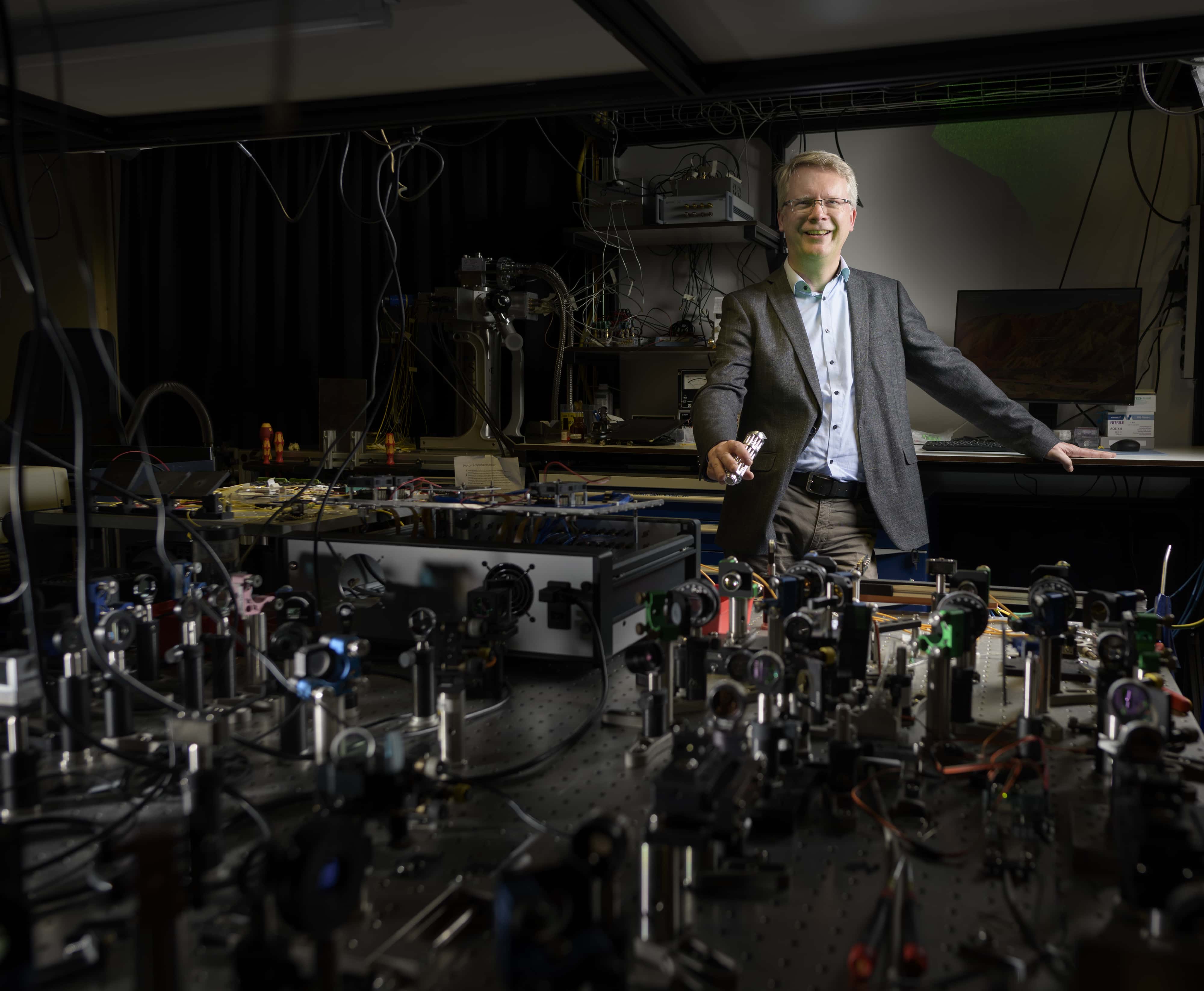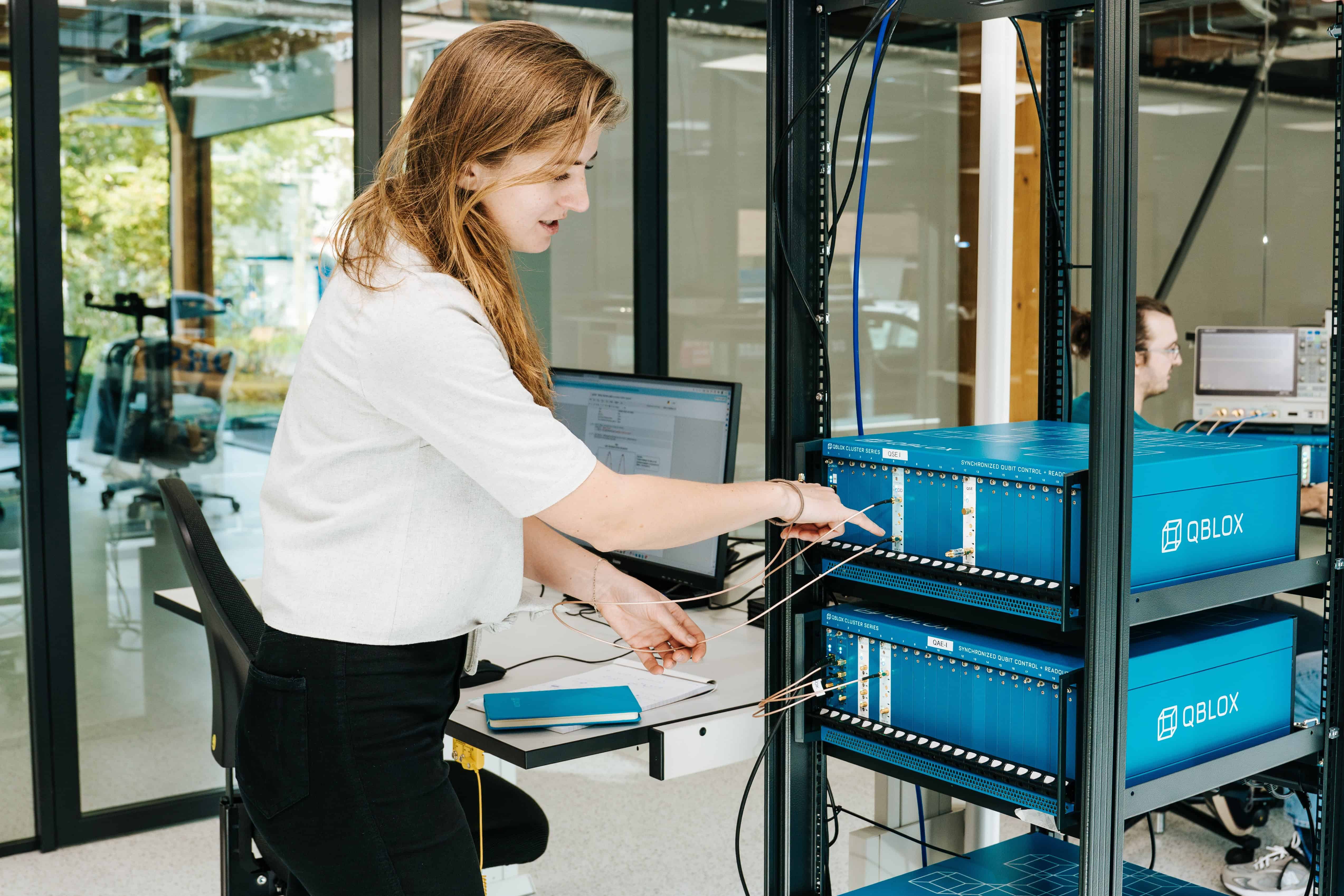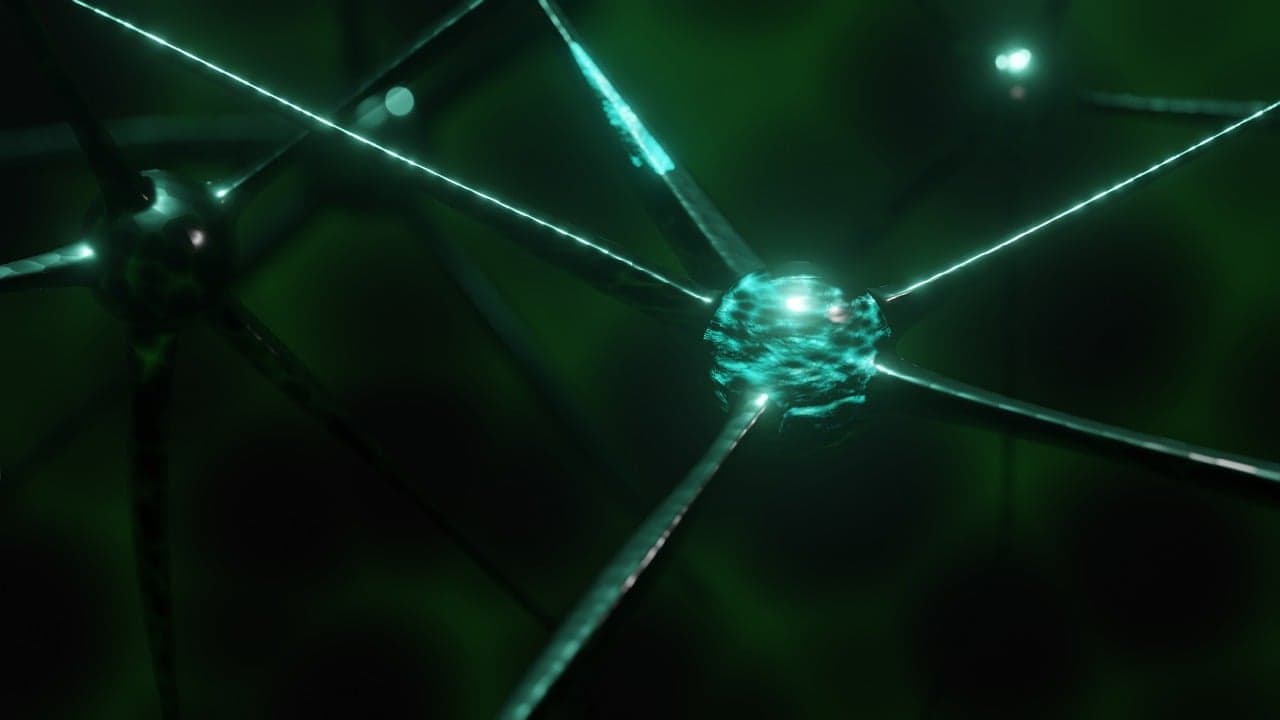
Researchers at the Technical University of Denmark – DTU – have become the first in the world to use a quantum computer to perform calculations of the power grid. They managed to do so by solving the so-called load flow problem, which has to do with how the current is distributed in the meshed power grid. The load flow problem forms the basis for a large amount of advanced calculations in the power grid, which can’t be done with today’s supercomputers, writes DTU in a press release.
The results were so positive that the researchers will now investigate how quantum computers can provide real-time analyses of the stability of a power grid that’s based on 100 percent renewable energy.
However, as our energy increasingly comes from thousands of wind turbines and photovoltaic systems, it becomes significantly more complex to calculate and ensure that the power grid is stable and cables and transformers aren’t overloaded. Whereas production of power used to be concentrated in individual power plants, which could be replaced relatively easily if one plant shut down, it now takes place on a very large number of wind turbines and solar cells, whose production varies greatly depending on the weather.
New algorithms behind the calculations
This requires new tools, and therefore the DTU researchers decided to look at the possibilities provided by quantum computers. Other researchers have worked with power flow using simulated quantum computers, but it has never been done on a real quantum computer before.
“We wanted to investigate how the quantum computer can be used to help us model the increasingly complex power system. So initially we set up a small test case, which we ran on four different quantum computers to make sure our results were valid,” says Brynjar Sævarsson from DTU Wind and Energy Systems, who led the work on the calculations. The team used the relatively small quantum computers with five qubits, which IBM made available to them online.
New algorithms
Before the calculations could be carried out on the quantum computers, it was necessary to set up new algorithms. The structure of the quantum computers with qubits that can have a value of 0, 1 or 0 and 1 at the same time, requires a different approach than for calculations on an ordinary computer that only operates with 0 and 1.
“In addition, quantum computers still produce a lot of noise in connection with the calculations. The noise affects the precision of the results. Also, the small five-qubit computers are comparatively slow. However, our results leave no doubt that the quantum computer is a specialized tool that in future will be better to use for parts of the calculations we perform in the electricity system,” says Brynjar Sævarsson.

Does things that normal computers can’t
In the coming years, the researcher will therefore investigate exactly which calculations the quantum computer can be used for. Initially the idea is to hand over the complex tasks—including the many simultaneous parallel operations, many different values, and calculations involving uncertainties—to the quantum computer. However, this first requires development work by the researchers behind the quantum calculations on the power system, as well as technological improvements to the quantum computer.
“But the development is moving fast and I’m sure that in future we’ll perform calculations of the power system where quantum computers will play a big role. They can do things that normal computers can’t. This means that we can develop the tools needed to operate a safe and stable power system based on renewable energy, and I’m now starting this process,” says Brynjar Sævarsson.
IBM and DTU have already started a good collaboration on the project, and the next calculations may be done in even closer collaboration with IBM and their latest version of the quantum computer.
Selected for you!
Innovation Origins is the European platform for innovation news. In addition to the many reports from our own editors in 15 European countries, we select the most important press releases from reliable sources. This way you can stay up to date on what is happening in the world of innovation. Are you or do you know an organization that should not be missing from our list of selected sources? Then report to our editorial team.







